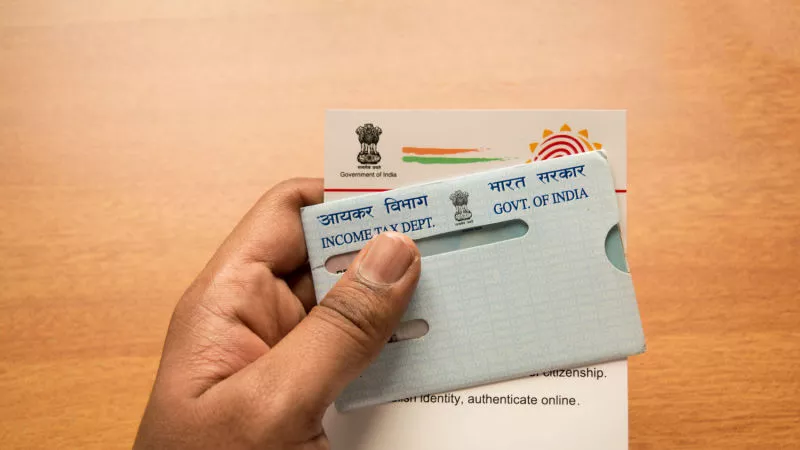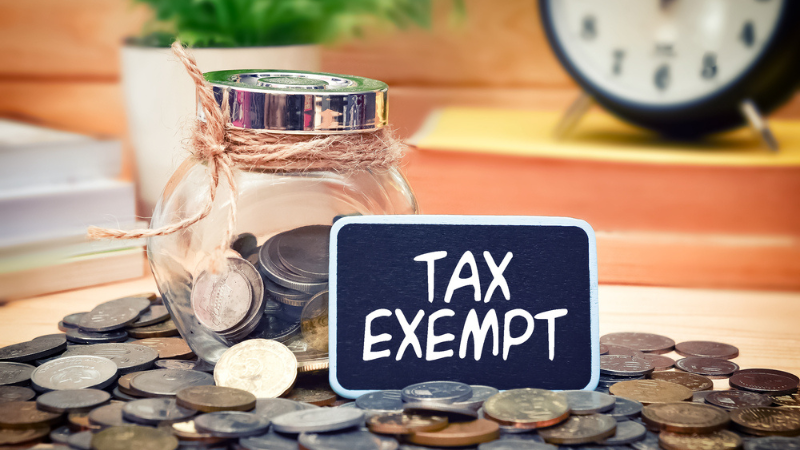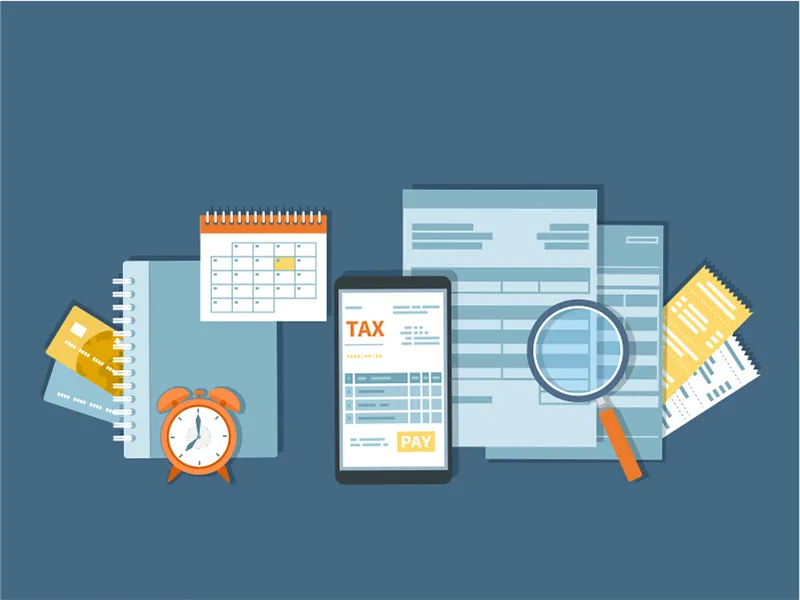Like every year, the Central Board of Direct Taxes (CBDT) has once again notified Income-tax return (ITR) forms to be used for filing IT returns for the financial year 2021-22 or Assessment year 2022-23. The newly notified forms are not different from the previous year’s forms, however, taxpayers will now have to provide certain additional details in these forms.
So, what are the key changes in ITR for AY 2022-23? Here are all the details.
Additional information to be disclosed in ITR for AY 2022-23
Listed here is the additional information that taxpayers will now have to disclose while filing ITR:
- Pension details:
Pensioners will have to disclose the source of pension on ITR forms for AY 2022-23. One can choose from the following options available under the drop-down menu “Nature of Employment”:
- State government pensioners must choose the category ‘SC’
- Public sector employees who receive pension must select the category ‘PSU’
- Other individuals can select options like family pensions, EPF, etc. as applicable
- EPF interest accruals
If an individual’s annual EPF or Employees’ Provident Fund contribution is above Rs. 2.5 lakhs in a financial year, the interest earnings on any excess contribution will be taxable. Therefore, employees must now mention the interest earnings on the excess EPF contribution.
- Date of purchase and sale for land/building
Those who have sold land or building between April 1, 2021, and March 31, 2022, will now have to record the date of acquisition and sale while filing ITR. This is required under the “Capital Gains” schedule from this year onwards.
- Cost of improvement for land/building
In case any renovations or improvements are made to land/property, the individual owner will have to include information on the total cost of such improvement/renovations every year in ITR.
- Initial purchase cost and indexed purchase cost of asset
As per the previous year’s provisions, capital gains made by a taxpayer during a financial year were to be reported as per the indexed cost of purchase of the asset. Now, taxpayers will have to report the asset’s initial cost of purchase as well as its indexed cost of purchase.
- Details of property sale outside India
If an individual taxpayer who owns property outside India has sold the same, details of such transactions should be shared in ITR. Here, details like the property address, buyer’s address, etc must be shared.
- Retirement benefits earned abroad
Details on any retirement benefits earned in a foreign country have to be furnished in ITR. This is mainly sought to eliminate any double-taxation for non-resident Indians (NRIs) who may have earnings in foreign retirement accounts.
- New tax regime disclosure
Taxpayers can now either opt or opt out of the new tax regime for FY 2021-22. Therefore, they will now be required to disclose which tax regime they have opted for under Section 115BAC in ITR-3 and ITR-4. Additionally, they must also mention whether Form 10-IE was filed in FY 2020-21.
Taxpayers must keep a note of the above-mentioned changes while filing their ITR for FY 2021-22. This will ensure a smoother returns filing process for taxpayers.
Which ITR form to choose?
Here is the applicability of ITR forms that taxpayers can go through before filing their ITR:
- ITR-1
- To be used by individuals who are Indian residents with an annual income up to Rs. 50 lakhs
- Those with income from salaries, single ownership house/property, interest income, family pension income, etc.
- Those who have a maximum agricultural income of Rs. 5,000
- An individual taxpayer who is a company director or has invested in unlisted equity shares or has any carry forward losses under from house property cannot use this form
- ITR-2
- This form is meant for individuals, HUFs and NRIs
- Those who have an income above Rs. 50 lakhs
- Taxpayers who have multiple properties, including outside India
- Agriculture income above Rs. 5,000
- Company directors, those who have invested in unlisted equity shares or those having brought forward losses under house property income can use this form
- Those who may have sold a property or mutual fund units or equity
- Those with foreign assets
- ITR-3
- This form can be used by individuals or HUFs who are residents. Also, NRIs having a salary income, capital gains, income from house property or other sources, foreign income, and income from business or profession can use this form.
- Taxpayers with income above Rs. 50 lakhs can use this form
- Those who have multiple properties and assets in India and abroad
- Those with agriculture income above Rs. 5,000
- Individuals who have directorship position in a company or those who may have invested in unlisted equity shares or those who have losses carried forward under the category “Income from House Property” or “Income from Capital Gains”.
- Those who may have sold units of a mutual fund or a property in the financial year
- Individuals who hold partnership in a firm/LLP
- ITR-4
- Individuals, HUFs and companies (other than LLP) who have a residential status and income of up to Rs. 50 lakhs can use this form
- Those who have a single-ownership house property
- Those with income from business or profession computed under sections 44AD, 44ADA or 44AE or family pension or interest income can use this form
- Those with agricultural income of up to Rs. 5000/-
- The individual should not be a director in a company or should not have invested in unlisted equity shares
- Those who have any brought forward / carry forward losses under income from house property cannot use this form
Conclusion
Following ever-changing Income Tax Returns (ITR) rules can be cumbersome. However, it can offer benefits like appropriate tax records, timely refunds towards excess tax deductions, etc. Since more and more government databases are getting linked to the IT department, a taxpayer’s track record is available with relevant authorities. This is why it is essential to file IT returns on time and appropriately every year by following the latest rules.
FAQs
This is a TDS certificate issued to employees by employers and contains details of the payment made towards services and corresponding TDS deduction on the same.
After filing income tax returns and verifying the same, one can check whether the status of the tax return is reflecting as ‘Verified’ or ‘ITR Processed’. This can be checked on the IT website using the login credentials.
In case you miss the due date of filing IT returns, you can file late returns, however, this will attract a certain penalty in the form of late fees.
It is not mandatory to file IT returns for those with annual income under Rs. 2.5 lakhs.
To get a refund of excess TDS or excess tax payment, you will have to file IT returns.




















